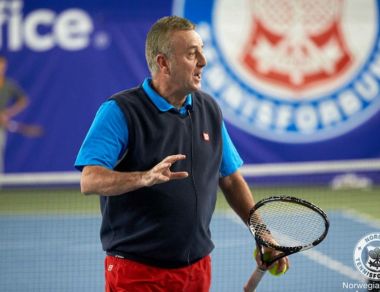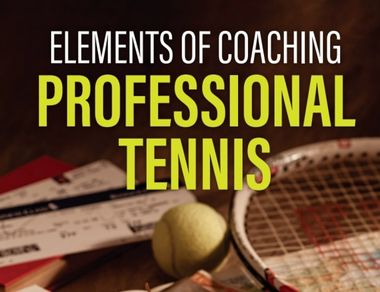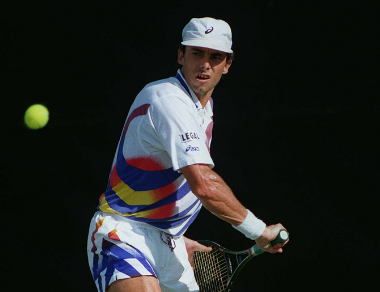I first met Sam Stosur when she was being coached by 17 time grand slam champion Gigi Fernandez in the summer of 2005. Gigi asked me to do the hitting for Sam while she did the coaching. When Sam and Gigi parted ways early in 2006, I continued working with Sam. At this time, Sam had just won the first of her two grand slam doubles titles and was considered at the time to be one of the future contenders for grand slam titles in singles.
Everyone was convinced that she had a complete all court game spearheaded by a great kick serve and huge forehand. Personally, I believed in Sam and I knew she could win majors. I knew she was an outstanding talent but I also knew she had weaknesses, like everyone else.
You may or may not be surprised to learn that her backhand volley was a weakness at the time that I worked with her. The slice backhand was capable, and still is, and I believed that having a doubles partner the caliber of Lisa Raymond allowed Sam to cover up some of her weaker areas, part of the reason they complimented each other so well in doubles. I did some work with Sam when she was in between tournaments in Tampa Florida in 2006 and early 2007, both on the courts of Saddlebrook and the University of South Florida. My role was to work her hard, hit a good solid clean ball for her to establish a rhythm and to work on fine tuning some things, including her backhand volley. I also did some work during the fall of 2010, shortly after she made the semi-finals of the US Open, losing there to Elena Dementieva, another top 10 player I had previously worked with.
Sam certainly has a continental grip, and a continental grip is the only grip to hit traditional volleys with. Many great volleyers, including the likes of Tom Gullickson, Pat Rafter, Mark Woodforde, Todd Woodbridge, have slightly different grips that are within the parameters of continental for their forehand and backhand volleys. Some tend to have a slightly warmer continental grip, either for their forehand or backhand volley, meaning that their base index knuckle is still on the continental bevel but slightly closer to an eastern forehand grip. Others tend to have their base index knuckle positioned closer to the top bevel.
I was not interested in technical perfection. I was interested in making her volley more efficient, and getting it to where I believed it was the best that Sam could do.
Sam is the only person I’ve ever worked with whom I actually had to tell to take the racquet back further on the unit turn. Because of this, she had a tendency to muscle the backhand volley. Rennae Stubbs, whom I also spent a great deal of time working with, also told her the same thing. I actually thought she volleyed better in doubles, probably because she was on one side of the court and didn’t have as much court to cover and didn’t have to think as much. I was not interested in technical perfection. I was interested in making her volley more efficient, and getting it to where I believed it was the best that Sam could do. Sure, I worked on getting her to turn more so that she could take the racquet back further during the unit turn. I also told her to get her knuckles (on her right hand) through the ball to eliminate the muscling, as well as getting her to use her whole arm.



